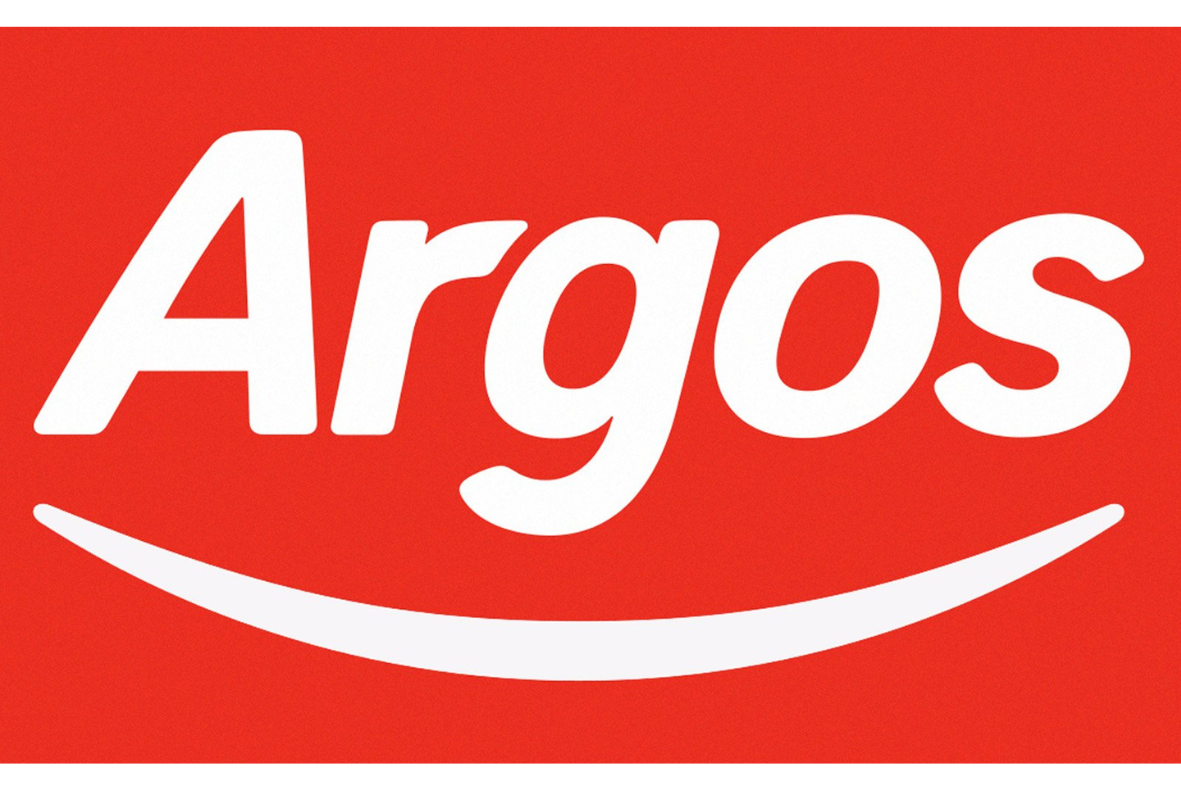Cheap Pet Insurance
- Compare 15 providers at once
- Prices from just £3.35* per month
- Top providers looking to help

Cheap Brittany Dog Pet Insurance

The Brittany, though often referred to as a spaniel, is more closely related to small setters and is one of the oldest hunting dogs in Europe. It likely descends from the original couching dogs of medieval Europe and bears similarities to the all-purpose setters of Germany, the Netherlands, and even Britain. Its defining features, such as its short tail, higher-set ears, lighter head, and tighter skin, distinguish it from typical flushing spaniels. The breed’s distinctive red color is thought to be linked to the Celtic presence in regions like Brittany, Wales, and Ireland. Additionally, tailless hunting dogs, like the Brittany, have historical roots in France, particularly the Braque du Bourbonnais.
Modern interest in the Brittany began in the early 20th century when Arthur Enaud launched a breeding program to revive the breed. Since its introduction to the United States in the 1930s, the Brittany has gained widespread popularity among hunters, and American fanciers have even shortened the breed’s name from Brittany Spaniel to simply Brittany.
The Brittany is an agile and versatile hunting dog that works similarly to pointers, setters, and vorstehhunds. It has a keen nose, a stylish point, and is an excellent retriever on both land and water. Its compact size makes it easy to transport and feed, making it an ideal choice for personal gun dogs. The breed is particularly popular in the U.S., consistently ranking high in AKC registrations and excelling in field trials. The Brittany is also naturally obedient and eager to please, making it a great option for novice hunters, as harsh training is rarely necessary.
The breed’s coat is easy to maintain with minimal grooming, and although American standards primarily accept orange/white or liver/white colouring, in France, black/white and tricolour Brittanys are also recognized. All these traits contribute to the breed's enduring success as a capable and beloved hunting companion.
Just some of the great pet insurance brands included









